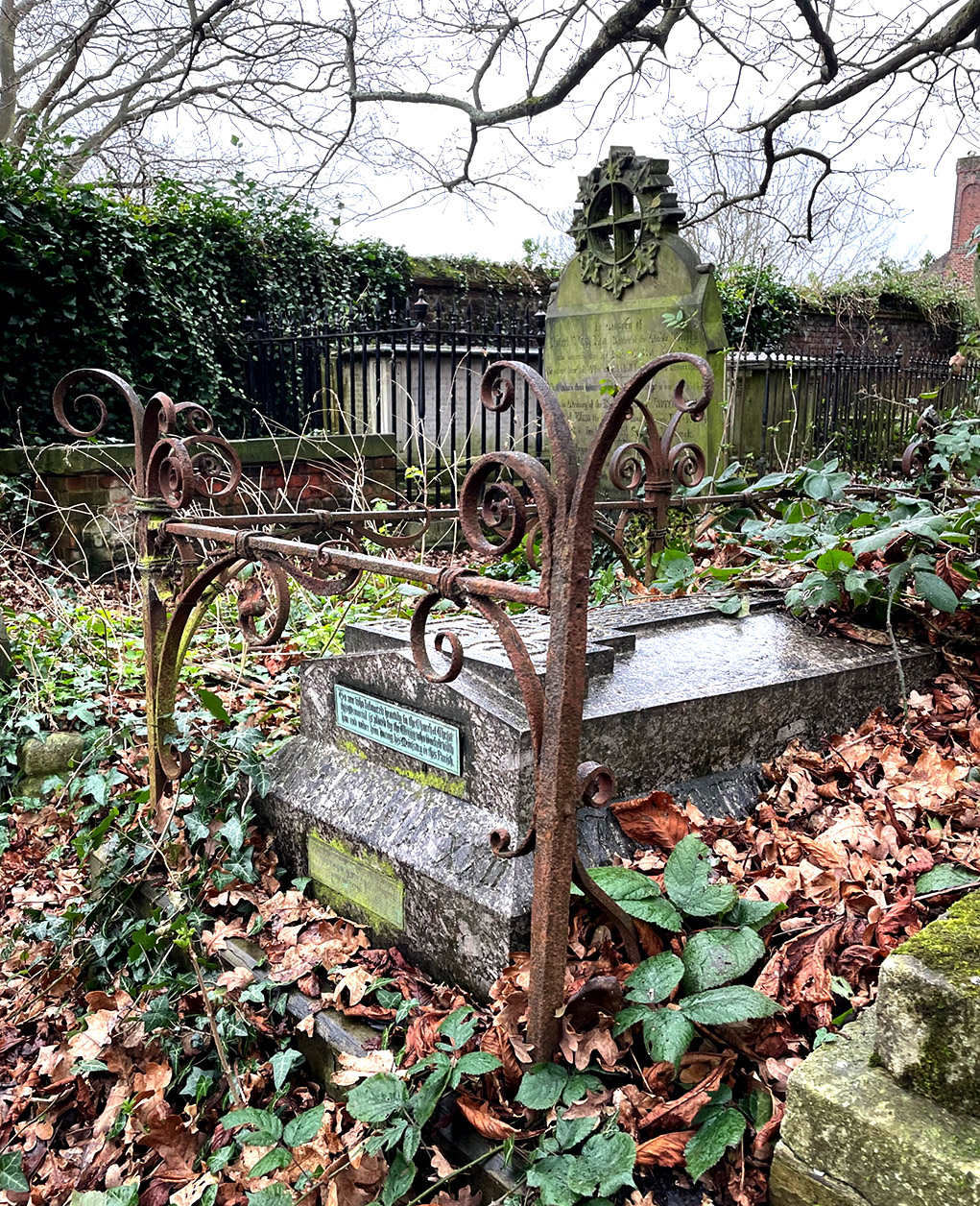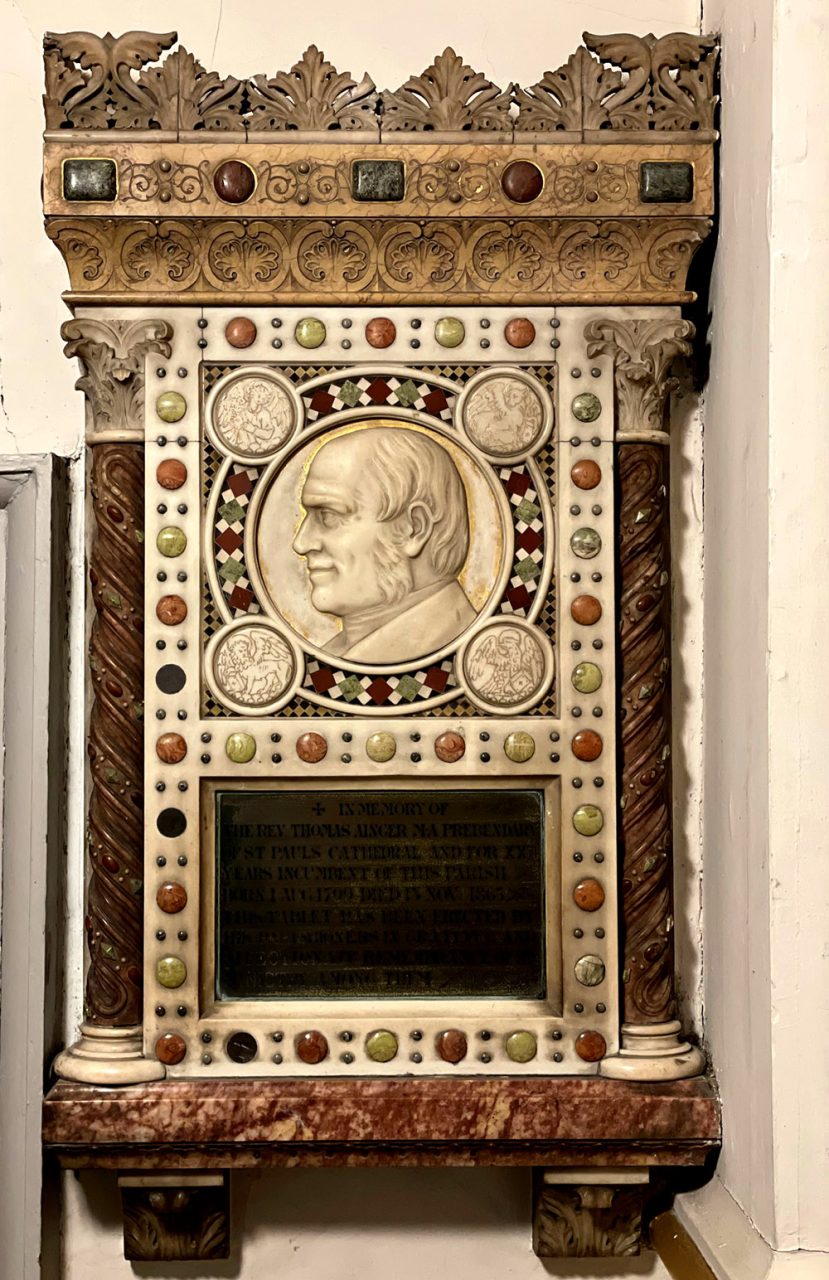The remarkable Thomas Ainger
Next year will mark 160 years since the death of Thomas Ainger, energetic social reformer and vicar of Hampstead Parish Church for some 22 years, until his death on 15th November 1863.
The youngest of six children, Ainger was born on 1st August 1799. He was educated at Norwich Grammar school and St John’s College, Cambridge. Graduating in 1821, he became curate at St Giles’s Reading in 1822, and after about three years, he became assistant minister at St Mary’s Greenwich. Aged 42, Ainger was presented by Sir Thomas Maryon Wilson with the perpetual curacy of St John’s
When Ainger came to Hampstead with his wife and family in 1841, they were not the only additions to the local population. Along with the rest of London, Hampstead’s population was expanding rapidly, rising from 10,000 residents when Ainger arrived in 1841, to 15,000 by 1851: an increase of 50% in just 10 years. By 1861, the population had climbed to 19,000. Ainger did much to support the social needs of his parish including the development of new local schools and obtaining the nearby Holly Bush Vale site and moving the Hampstead Parochial Schools into new buildings on this site. The Parochial School continues to flourish in these same red brick buildings. Ainger’s contribution is remembered in an annual school service held at St John’s, and in the giving of the Ainger prize, awarded to pupils for their involvement in the life of the school. The Parish Magazine this month has a piece on a modern day connection to Ainger’s influence at the Parochial School.
Another consequence of the population explosion was a shortage of church space. Ainger’s solution was to subdivide the parish into ecclesiastical districts, for which five new churches were erected; no mean feat, even if the same was to be attempted in the 21st century. These church buildings are in part monuments to Ainger’s vision, and testify to the sheer numbers of church goers that he strove to provide for.
Though an energetic advocate of practical action in the community, Ainger was also a theological heavy weight. He published four volumes and a number of single sermons, and was reported to be a charismatic preacher. He became a canon of St. Paul’s in 1859, a role which he held until his death, and was described as a loyal Church man who co-operated with members of other churches, without any concession of Anglican principles.
He is remembered inside St John’s with a strikingly colourful memorial beside the entrance to the NE porch (see the photo). It is set in a frame studded with jewel-like coloured marbles, a profile portrait of him is encircled by a halo of faded gold, and framed by ornate columns. He is surrounded by the signs of the four evangelists. Christopher Wade in his very useful book “Buried in Hampstead” says the artist was Sir George Gilbert Scott, then resident at Admirald’s House. The text on the now-corroded plaque beneath his portrait details the raising of the memorial in his memory by grateful parishioners
Thomas Ainger is buried in an decorated tomb, surrounded by ornamental railings (see the photo below). You can find it near the tomb of John Constable. According to Christopher Wade the tomb “is in the shape of a bodystone, with a Bible and chalice incised on either side of an elaborate horizontal cross, with Gothic lettering around the edge”. Unfortunately at the moment this is obscured with brambles but we will get them cleared away and then we will able to admire it properly.

